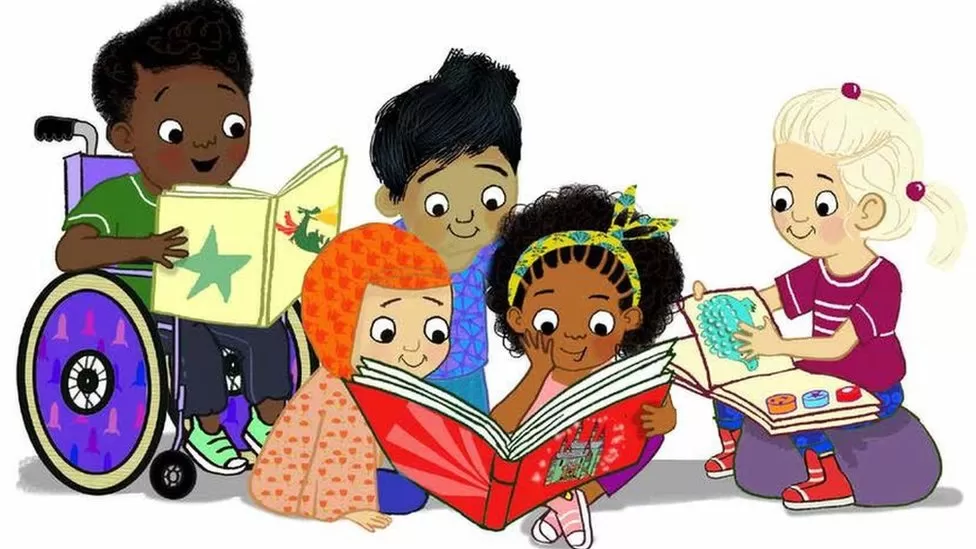As a younger and more diverse audience demands meaningful representation in the books they read, authors and publishing continue to flail around, seeking solutions to keep readers at bay without compromising their positions at the top. Thus, the sensitivity reader is born — brimming with potential but not problem-free. But what is a sensitivity reader, and why do people in the publishing industry hire them?
As authors try to meet demands for diversity and representation, they create characters of different races, gender, abilities, socioeconomic status, or religions. But most writers are not part of marginalized groups or from lower socioeconomic backgrounds, meaning they do not have the lived experience of someone who is one or both. So, writers are increasingly called upon to seek advice on representation to avoid harmful stereotypes and offensive content. But where to find such advice? Enter the sensitivity reader.
Simply put, a sensitivity reader is an experienced test reader who helps ensure the author’s attempts at representation is meaningful. They are of a different minority or group than the author and offer advice on representing their group. The writer, however, can choose whether they implement the sensitivity reader’s suggestion, ensuring that their artistic choices and themes remain unchanged.
On the one hand, the growing use of sensitivity readers has led to better representation within new novels and fewer chances for authors’ publications to go wrong due to potentially offensive content. According to an article by the New York Times, sensitivity readers can “provide a quality-control backstop to avoid embarrassing mistakes” before an author publishes a work that may receive critical backlash. Sensitivity reading also ensures authenticity and a lack of information bias in writing before it’s published. In an interview done by Quartz, freelance sensitivity reader Jennifer Baker states that sensitivity readers’ primary function is “cleaning [books] up for racist, homophobic, transphobic, able-ist, Islamophobic material.”
However, as sensitivity reading becomes a critical part of the publishing process, complaints also emerge. Some argue that classic novels, such as the works of Roald Dahl and William Shakespeare, do not stand up to the scrutiny of the modern-day, inclusive lens but should remain staples of literature nonetheless. Others argue that people from marginalized communities should write stories about characters from said communities, not white male authors with no such experience. Yet others claim that sensitivity reading is a form of censorship (Why the use of sensitivity readers is causing such a stir in the publishing world, Gollom).
Ultimately, sensitivity reading creates discourse among connoisseurs of literature, authors, and publishers alike. Though more inclusive and less ignorant writing is getting published due to the practice, some critics, authors, and readers see it as a harmful form of censorship. And in some cases, it is another instance where already marginalized communities continue to face discrimination in the gatekeeping publishing industry.
Works Cited
“Do Writers Need To Consult Sensitivity Readers To Edit Out Potentially Offensive Material? | CBC News.” CBC, 2023, https://www.cbc.ca/news/entertainment/sensitivity-readers-writers-roald-dahl-1.6768418. Accessed 20 July 2023.
Ha, Thu-Huong. “Kids’ Book Authors And Publishers Are So Afraid To Offend They’re Hiring ‘Sensitivity Readers.’” Quartz, 2017, https://qz.com/950127/sensitivity-readers-are-being-hired-to-check-childrens-books-for-offensive-material. Accessed 20 July 2023.
Alter, Alexandra. “In an Era of Online Outrage, Do Sensitivity Readers Result in Better Books, or Censorship?” The New York Times, 24 Dec. 2017, www.nytimes.com/2017/12/24/books/in-an-era-of-online-outrage-do-sensitivity-readers-result-in-better-books-or-censorship.html. Accessed 20 July 2023.
